
Bodegones et caravagisme aux sources de la peinture de Velázquez
Las Meninas. 1656. Oil on canvas. Room 012. This is one of Velázquez`s largest paintings and among those in which he made most effort to create a complex and credible composition that would convey a sense of life and reality while enclosing a dense network of meanings. The artist achieved his intentions and Las Meninas became the only work to.

Antonio Ponce es un contemporáneo de Velázquez, y paisano de Antonio de Pereda. Nació en
A consideration of contemporary discussions concerning the interrelation between the art of memory and devotion elucidates the function of Velazquez's picture-within-a picture as a mnemonic device that reminds the viewer to heed his or her duties to Christ, even amid life's toils.
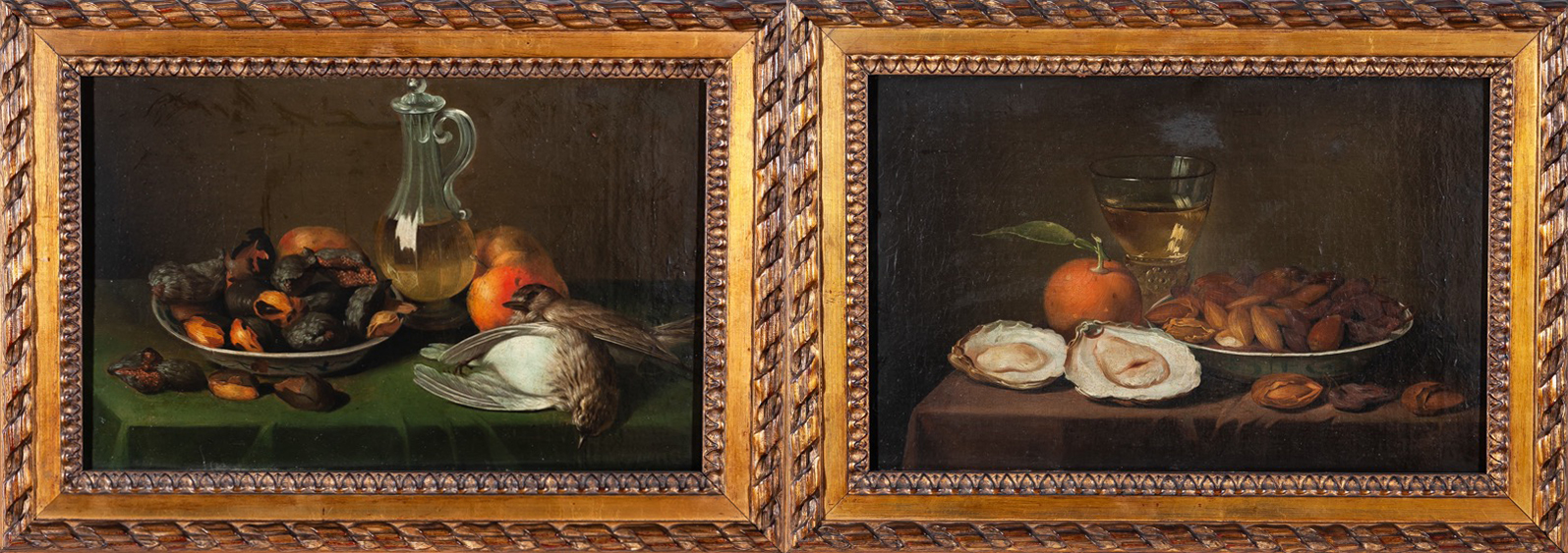
Dos bodegones de Zacarías González Velázquez en Goya ARS Magazine
The Waterseller of Seville is the title of three paintings by Spanish artist Diego Velázquez, dating from 1618-1622.The original version is considered to be among the finest works of the painter's Seville period and is displayed in the Wellington Collection of Apsley House.The original version was painted by Velázquez when he was in his late teens or early twenties.
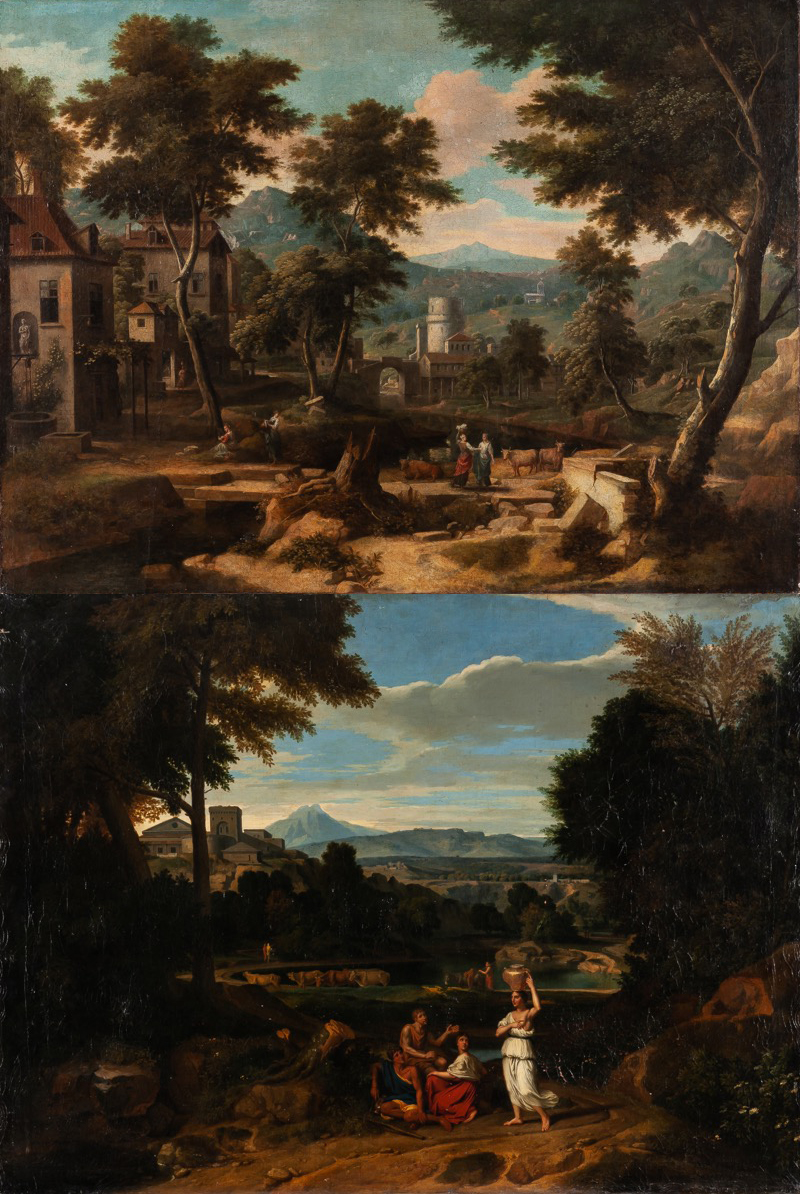
Dos bodegones de Zacarías González Velázquez en Goya ARS Magazine
Durante su etapa sevillana, Diego Velázquez desarrolló ampliamente los bodegones, así como escenas de taberna o escenas de cocina y cuadros religiosos. En todo, Velázquez hacía gala de un naturalismo tenebrista de gran factura que le mereció amplio reconocimiento.

Why Diego Velázquez’s Las Meninas Is One of the Most Important Paintings in Art History The
Velázquez's bodegones : a study in seventeenth-century Spanish genre painting by Wind, Barry. Publication date 1987 Topics Velázquez, Diego, 1599-1660 -- Themes, motives, Velázquez, Diego, 1599-1660 -- Criticism and interpretation, Genre painting, Spanish -- 17th century Publisher

Los bodegones perdidos de Velázquez El Cultural
Velázquez was born in Seville, Spain, the first child of João Rodrigues de Silva and Jerónima Velázquez, and was baptized at the church of St. Peter in Seville on Sunday, June 6, 1599.. also called bodegones, such as Old Woman Frying Eggs, his sacred subjects include Adoración de los Reyes (1619, The Adoration of the Magi) and Jesús y.

Diego Velázquez Baroque Era painter Tutt'Art Pittura * Scultura * Poesia * Musica
Velázquez's bodegones. Wind, Barry. 571604755. Show more information. WorldCat is the world's largest library catalog, helping you find library materials online.. Velázquez, Diego Rodríguez de Silva y, 1599-1660. Additional Physical Form Entry: Online version: Velázquez's bodegones. Wind, Barry. 571604755. Show more information.

El bodegón español. Velázquez, Goya, Picasso, Miró...
Bodegón 1849. Óleo sobre lienzo, 79 x 100 cm No expuesto Sobre una mesa cubierta por un mantel aparece un desordenado amontonamiento de frutas variadas, entre las que destacan uvas, peras, manzanas y otras especies, presididas por una gran sandía abierta, de la que se aprecia su mitad inferior, en cuyo centro aparece clavado un cuchillo.
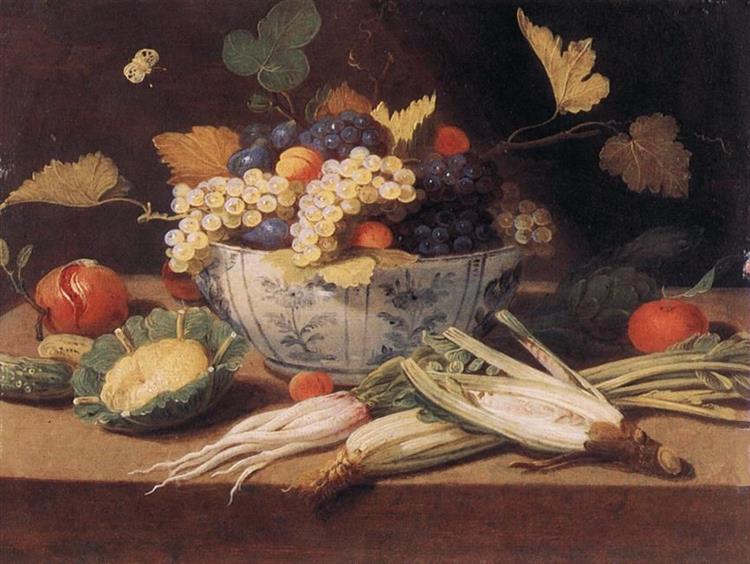
Still Life Diego Velazquez
Set in kitchens or taverns, the bodegones portray the simple nature of daily life and demonstrate a naturalism and verisimilitude that was unparalleled by Velázquez's contemporaries. Detail with figures, Diego Velázquez, The Waterseller of Seville, 1618-22, oil on canvas, 105 x 80 cm (Apsley House, London)

SABER PARA COMER BODEGONES. ESCUELA ESPAÑOLA SIGLOS XVI Y XVII
Un bodegón, también conocido como naturaleza muerta, es un género pictórico que tiene como tema exclusivo objetos inanimados de diversa índole: fruta, flores, instrumentos de música, jarrones, libros, etc. Como género autónomo, el bodegón hunde sus raíces en el gótico tardío y principios del Renacimiento.

El bodegón en el Renacimiento I Pinturas, Pintor, Renacimiento
Diego Rodríguez de Silva y Velázquez, the most admired—perhaps the greatest—European painter who ever lived, possessed a miraculous gift for conveying a sense of truth. He gave the best of his talents to painting portraits, which capture the appearance of reality through the seemingly effortless handling of sensuous paint.

Eugenio Lucas Velázquez (18171870) — Bodegón (de frutas y sandía), 1849 Museo Nacional del
Set in kitchens or taverns, the bodegones portray the simple nature of daily life and demonstrate a naturalism and verisimilitude that was unparalleled by Velázquez's contemporaries. Detail with figures, Diego Velázquez, The Waterseller of Seville , 1618-22, oil on canvas, 105 x 80 cm (Apsley House, London)
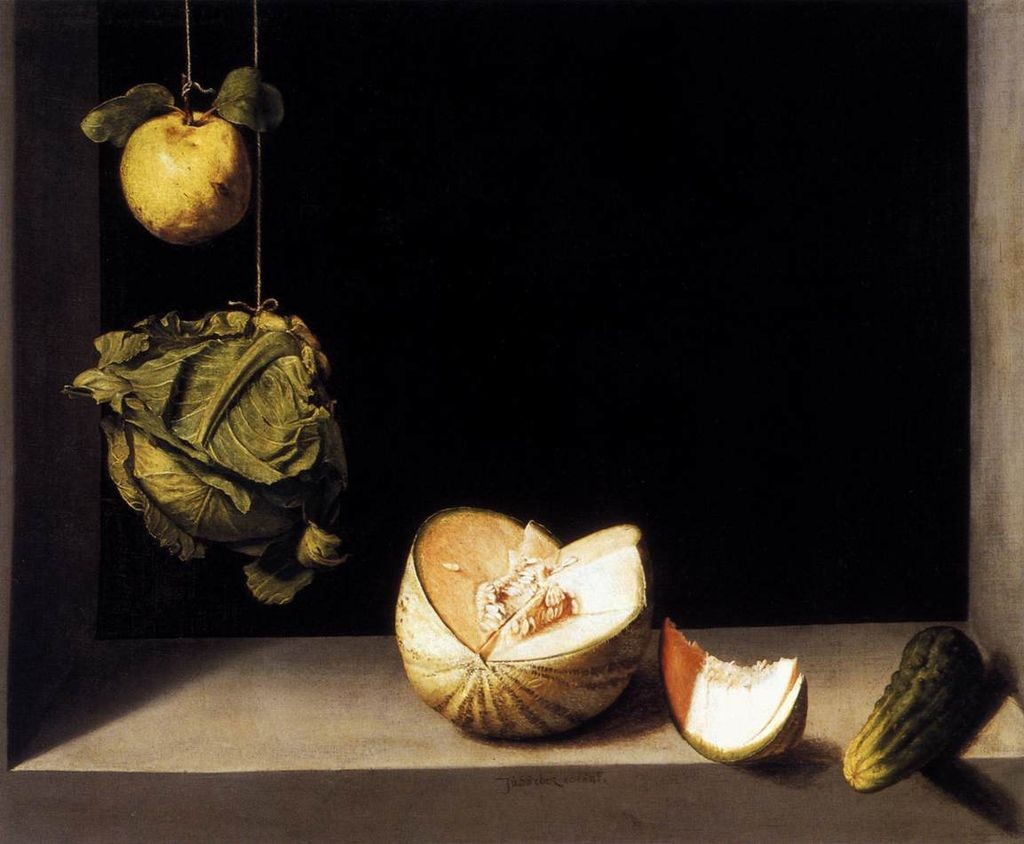
El bodegón español. Velázquez, Goya, Picasso, Miró...
Vulcan's Forge. 1630. Oil on canvas. Room 011. A figure suddenly appears on the left in a forge where various blacksmiths are working, dressed in an orange robe and wearing a laurel wreath, with rays of light emerging from his head. This is Apollo, who addresses himself to Vulcan, the blacksmith nearest to him, whose stance reveals his lameness.

Bodegón de frutas y verduras Colección Museo Nacional del Prado
In the 17th century, bodegón referred specifically to Spanish paintings representing figures with food and drink, a genre that was practiced especially during the first half of that century, and that is best known through the works of Diego Velázquez.

Antonio de Pereda es un contemporáneo de Velázquez. Nació en Valladolid (1611) y se trasladó muy
In Spanish art, a bodegón is a still life painting depicting pantry items, such as victuals, game, and drink, often arranged on a simple stone slab, and also a painting with one or more figures, but with significant still life elements, typically set in a kitchen or tavern.
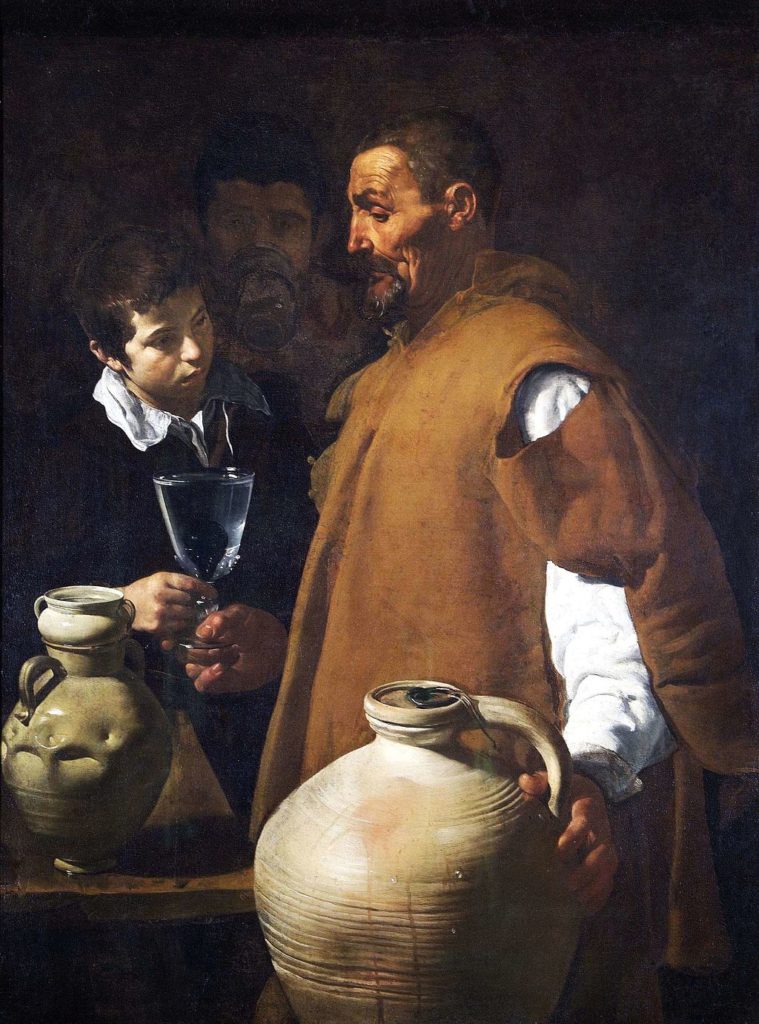
Spanish Bodegones of the 17th Century DailyArt Magazine
Detail. Looking at a painting and getting hungry? It might be a bodegón! Here we define the genre of Spanish bodegones in the context of 17th-century European painting and acknowledge its ties to Italian and Dutch artistic schools.